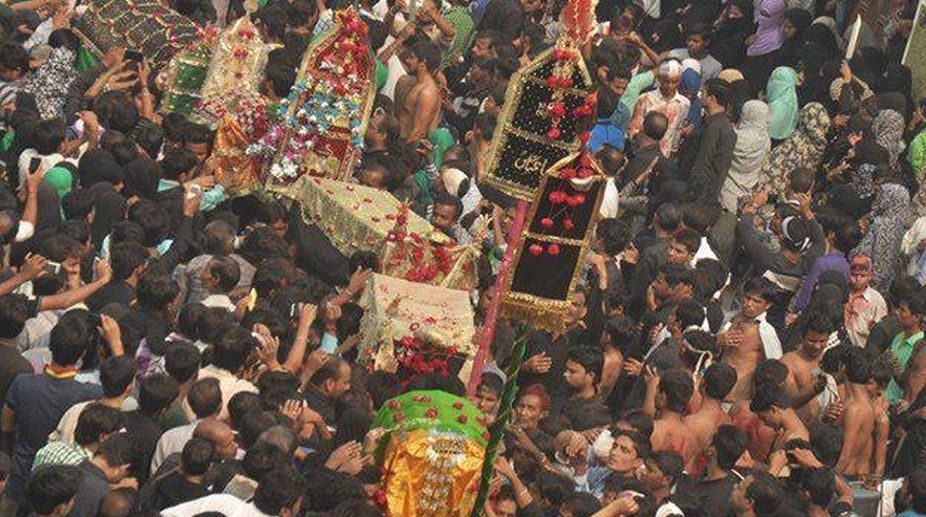International Kullu Dussehra festival brings livelihood back to rain-ravaged Kullu-Manali
Fifty per cent hotel bookings confirmed in the twin towns, likely to go upto 90 per cent by the weekend

I n the Dussehra-Durga Puja fervour, Moharrum, which fell on 1 October, unfortunately got sidelined. One didn’t see any photos of Tazia processions being taken out from the Walled City to the Karbala.
It’s a mass expression of grief at the martyrdom of Imam Hussain, the maternal grandson of the Prophet-like Hassan, who met his end at the fateful Battle of Karbala in Iraq on 10 October, AD 680, along with less than 100 followers, including Brahmin merchants. They fought heroically against the forces of Yazid. The tyrant had usurped the Caliphate, depriving Hussain of his right to the Immate.
The small band that sided with him died more of thirst than wounds as Yazid had cut off the water supply in the desert region, and the waterskin of one warrior, who braved the odds, was pierced by an arrow shot by a wily opponent, with the precious liquid spilling in the dreary sands and going waste. The descendants of the Brahmins, who fought, are still known as Hussaini Brahmins.
Advertisement
This tragedy is what is commemorated at Moharrum, the first month of the Islamic calendar. Shias, more than Sunnis, observe the event, with Mercias being recited all night at the Imambaras, no food cooked and only the gruel halim or khichra for lunch and dinner. One of the best reciters of the Mercias, or traditional eligies, written by medieval Lucknow poets like Mir Anis, is journalist Saeed Naqvi, who describes emotionally how even Nature mourned the martyrs, with the lion forgetting to roar, the hare frozen in mid-flight and the birds stopping to sing as the sun darkened in sympathy.
The Tazias, imitations of the tomb of Imam Hussain, are buried in Jorbagh, where the conmemorative Karbala is situated. In Purani Dilli, men and women in darkly coloured clothes beat their breasts black and blue in mourning
Advertisement